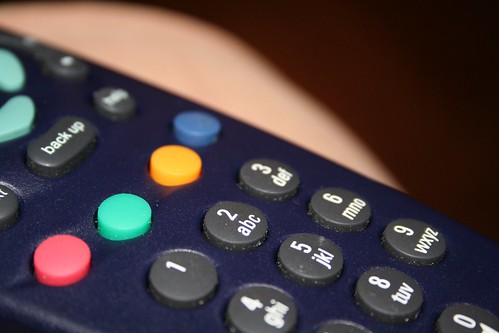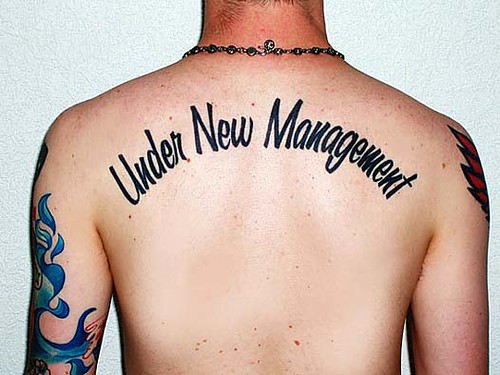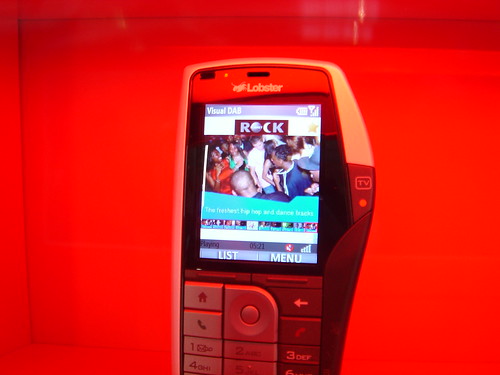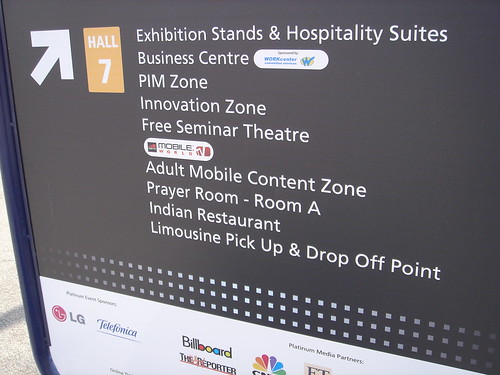
The digitisation of media comes with costs and justifications.
One often touted justification for the cost of digitisation is that digital media will be more interactive, and that interactivity will lead to new revenues, increased profitability and so on.
Great theory. But the practice is proving rather difficult, because the interactivity isn’t happening as much as people had hoped. And less interactivity means that the potential revenues aren’t being realised. Falling at the first hurdle, and all that.
Let me make a postulation as to why. Maybe your moment of interest doesn’t coincide with the time to do anything meaningful about it. Maybe you don’t have time to interact right there and then. Maybe the device you’re using is particularly bad at doing interactivity.
Here’s two examples to explain better what I mean:
- You’re watching The Simpsons / Family Guy / American Dad (insert wittily written, Korean drawn animation of your choice). The adverts start, and one of them is an advert for a car you’re kinda interested in. Pop quiz: What do you want to do now? a) Spend 10 minutes waiting for the interactive app to download, fill in the form “SMS-style” with the numeric keypad on the remote control, and confirm your ideal time to take a test drive whilst missing the programme you sat down to watch or b) ignore or that and watch the programme you sat down to watch in the first place.
- You’re driving in your car (maybe the one you bought off the TV?), listening to the radio. You think the presenter’s quite funny, worth hearing more of. Do you a) stop to write down the URL of the show podcast and webpages or b) keep driving and keep repeating the URL in your head until something far more important (like traffic lights, or a speed camera) causes it to pop, irrevocably, out of your head.
It seems strange to me that we demand that people go immediately from “oh yes, that’s interesting” to full scale engagement. Why on earth do we expect people to try and do complex interaction on devices with tiny little screens and a single rotary-push dial?
If we can timeshift and pause media, why can’t we timeshift and pause interaction?
Why not let people do the “complicated” business of providing their personal information using a proper browser on a proper computer, and at a time that suits them? With better user interfaces, you can design experiences that will draw people in, maybe show them other things around that time, or around that event, that they might also be interested in. It’s simply a richer environment, in terms of time, attention and presentation.
I think it’s smarter to let people simply tag / pop / bookmark what they’re interested quickly and simply across their day, and then allow them to review what they’ve thought was interesting in their own time, in their own space. Let people take control of their interactions, and do it more on their own terms. Who knows, maybe they’ll do more of it?
There some interesting work going on around this subject; updates to follow.







